
California, renowned for its scenic landscapes and vibrant cities, is experiencing accelerated geological changes that have captured the attention of scientists and residents alike. Recent studies reveal that certain fault lines within the state are developing more rapidly than previously anticipated, intensifying concerns about the potential for significant seismic events. This unexpected acceleration has prompted a reevaluation of earthquake preparedness strategies across the region.
What Really Happened

The state’s intricate network of fault lines, including the infamous San Andreas Fault, has long been a focal point for seismologists. However, emerging data indicates that lesser-known faults, such as the San Jacinto Fault Zone, are exhibiting increased activity. This development suggests that the seismic landscape of California is more complex and dynamic than earlier models had suggested.
Accelerated Fault Line Development

Recent observations have highlighted that the San Jacinto Fault Zone, among others, is moving at a faster pace than previously believed. This acceleration could lead to significant earthquakes occurring sooner than expected, posing heightened risks to densely populated areas in Southern California. The increased movement along these faults necessitates a reassessment of seismic hazard models to better predict and prepare for potential earthquakes.
What The Stats Say

The Uniform California Earthquake Rupture Forecast, Version 3 (UCERF3), estimates a greater than 99% chance of one or more magnitude 6.7 or larger earthquakes striking California within the next 30 years. This underscores the urgency for updated infrastructure and emergency preparedness plans to mitigate the impact of such events.
Implications for Urban Centers

The accelerated development of fault lines poses significant challenges for California’s urban centers. Cities like Los Angeles and San Francisco, situated near active faults, face increased risks of structural damage and potential loss of life in the event of a major earthquake. The recent 3.7 magnitude earthquake near San Francisco serves as a reminder of the ever-present seismic threats in the region.
What Can We Do
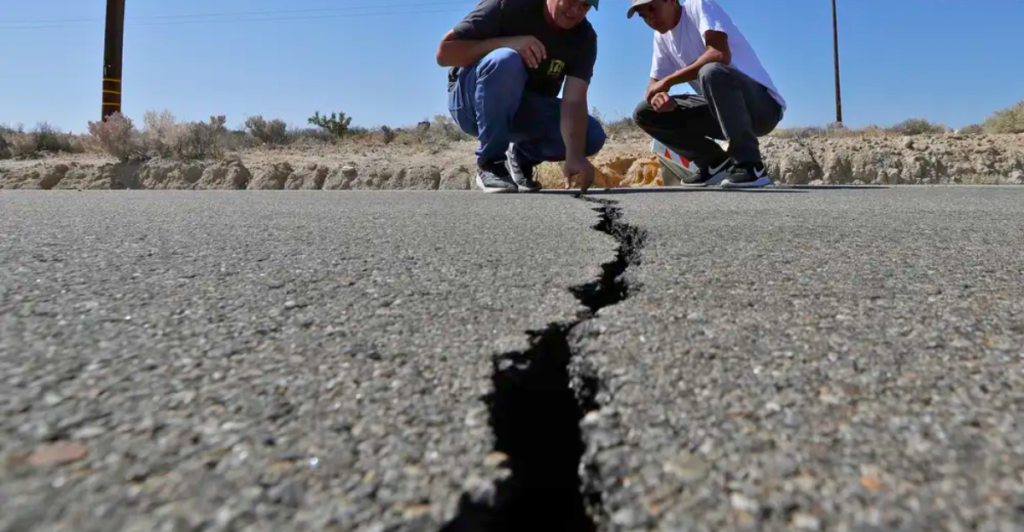
Urban planners and policymakers are now tasked with reinforcing building codes and investing in resilient infrastructure to withstand potential seismic events. Public awareness campaigns are also essential to educate residents about earthquake preparedness, including the importance of emergency kits and evacuation plans.
Advancements in Seismic Monitoring
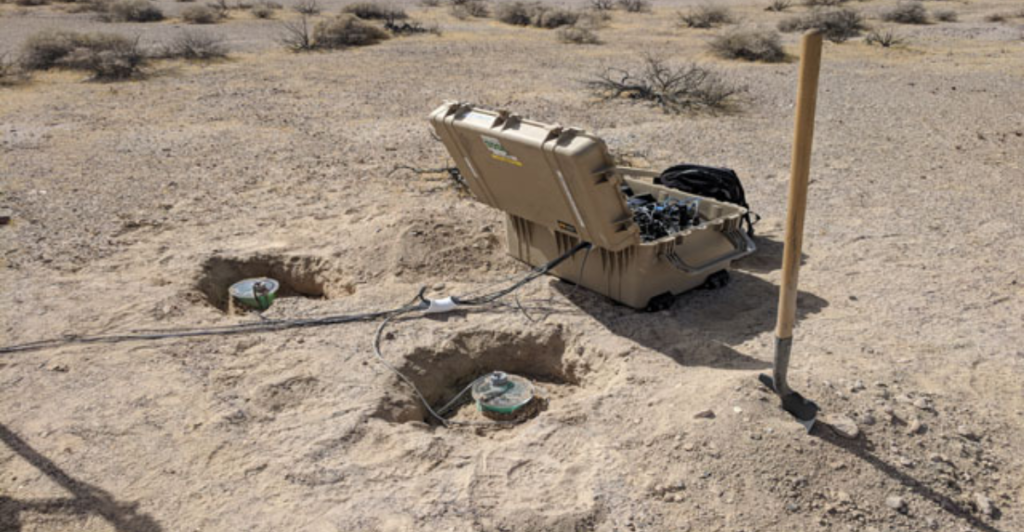
To address the challenges posed by accelerating fault lines, advancements in seismic monitoring technology are being implemented. Enhanced seismic sensors and deep-learning algorithms are improving the detection and analysis of fault movements, providing more accurate data for predicting potential earthquakes. These technological innovations are crucial for developing early warning systems that can save lives and reduce property damage.
Despite these advancements, predicting the exact timing and location of earthquakes remains a complex challenge. Continuous research and investment in seismic monitoring are essential to improve forecasting capabilities and enhance public safety measures.
Community Preparedness and Resilience
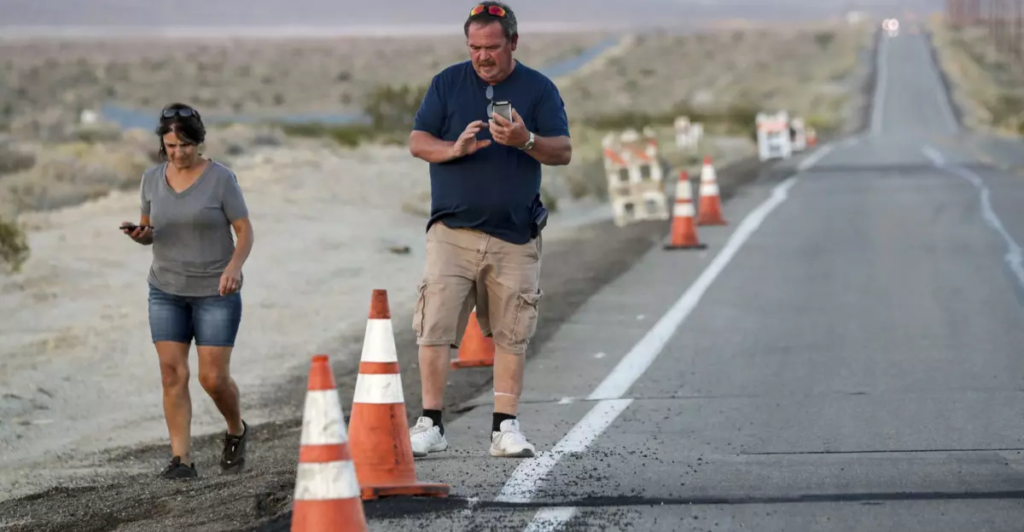
Community preparedness is a critical component in mitigating the impact of accelerated fault line development. Residents are encouraged to participate in earthquake drills, secure heavy furniture, and familiarize themselves with emergency response procedures. Local governments are also investing in public education campaigns to ensure communities are well-informed and prepared for potential seismic events.
Building a culture of preparedness and resilience is essential for communities to effectively respond to and recover from earthquakes. Collaborative efforts between government agencies, businesses, and residents can enhance the overall safety and well-being of the population in the face of seismic threats.
Reevaluating Infrastructure and Building Codes
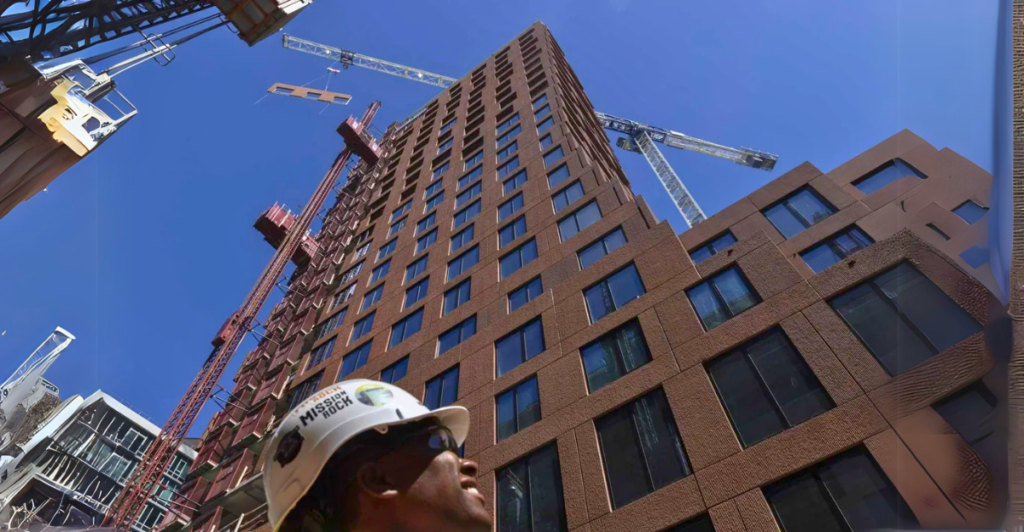
The accelerated formation of fault lines necessitates a reevaluation of existing infrastructure and building codes across California. Ensuring that structures are designed to withstand seismic forces is paramount in reducing potential damage and safeguarding lives. Retrofitting older buildings and enforcing stringent construction standards for new developments are critical steps in enhancing structural resilience.
Investing in resilient infrastructure not only protects communities but also contributes to the state’s economic stability by minimizing disruptions caused by seismic events. Policymakers and engineers must collaborate to implement building practices that prioritize safety and durability in the face of evolving geological conditions.
The Role of Public Policy

Public policy plays a vital role in addressing the challenges posed by accelerating fault lines. Legislative measures that mandate regular seismic assessments, enforce building code compliance, and allocate funding for infrastructure improvements are essential components of a comprehensive earthquake preparedness strategy. Engaging with scientific research and incorporating expert recommendations into policy decisions can enhance the effectiveness of mitigation efforts.
It’s A Team Effort
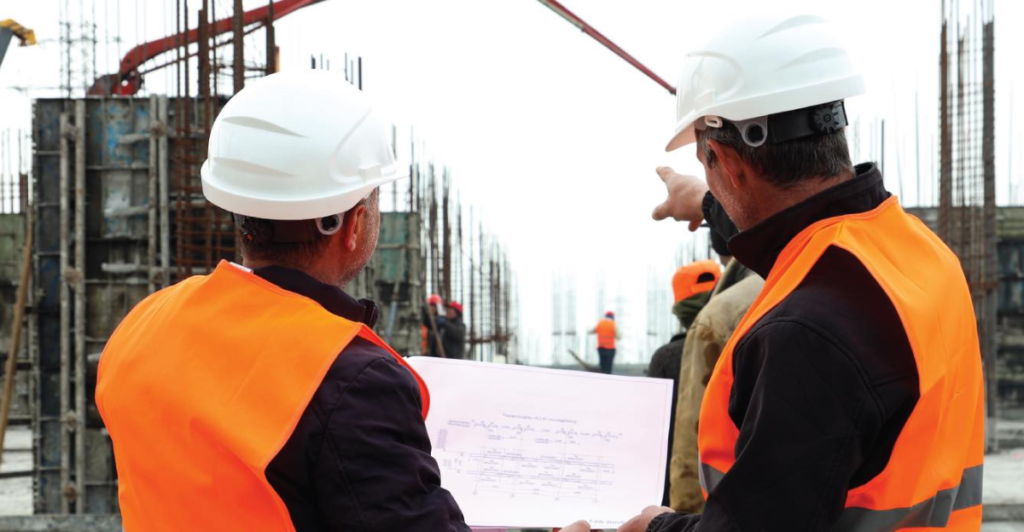
Collaboration between state and local governments, as well as partnerships with private sector stakeholders, is crucial in developing and implementing policies that address the multifaceted challenges of seismic risk. A proactive approach to public policy can significantly reduce the potential impact of future earthquakes on California’s communities.
What’s Next in 2025

The accelerated development of fault lines in California presents a complex challenge that requires a multifaceted response. Advancements in seismic monitoring, reinforced infrastructure, and comprehensive public preparedness are essential components in mitigating the risks associated with this geological phenomenon. By fostering a culture of resilience and proactive planning, California can better safeguard its residents and infrastructure against the unpredictable nature of seismic activity.
Stay Informed And Updated
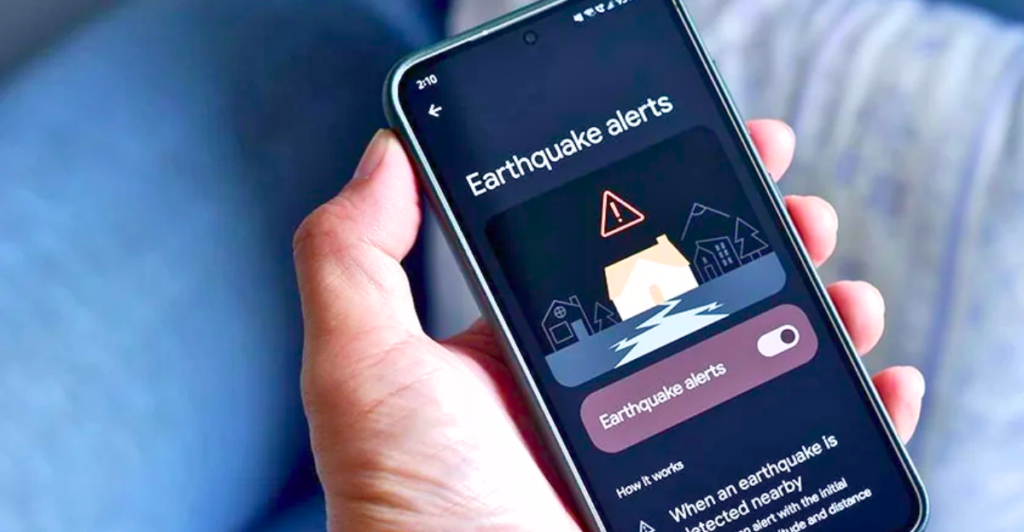
Ongoing research and collaboration among scientists, policymakers, and communities are vital in adapting to the evolving seismic landscape. Through informed decision-making and collective action, California can navigate the challenges posed by accelerating fault lines and continue to thrive amidst its dynamic geological environment.
Discover more of our trending stories and follow us to keep them appearing in your feed.

Meet the Massive Crocodiles That Make Their Homes 40 Feet Underground
California Discovery Reveals Species Never Seen in North America
How Is California Planning to Save the Endangered Joshua Trees
Family Who Pocketed $7.6 Million By Recycling In California Gets Taught Costly Lesson
Stay connected with us for more stories like this! Follow us to get the latest updates or hit the Follow button at the top of this article, and let us know what you think by leaving your feedback below. We’d love to hear from you!







